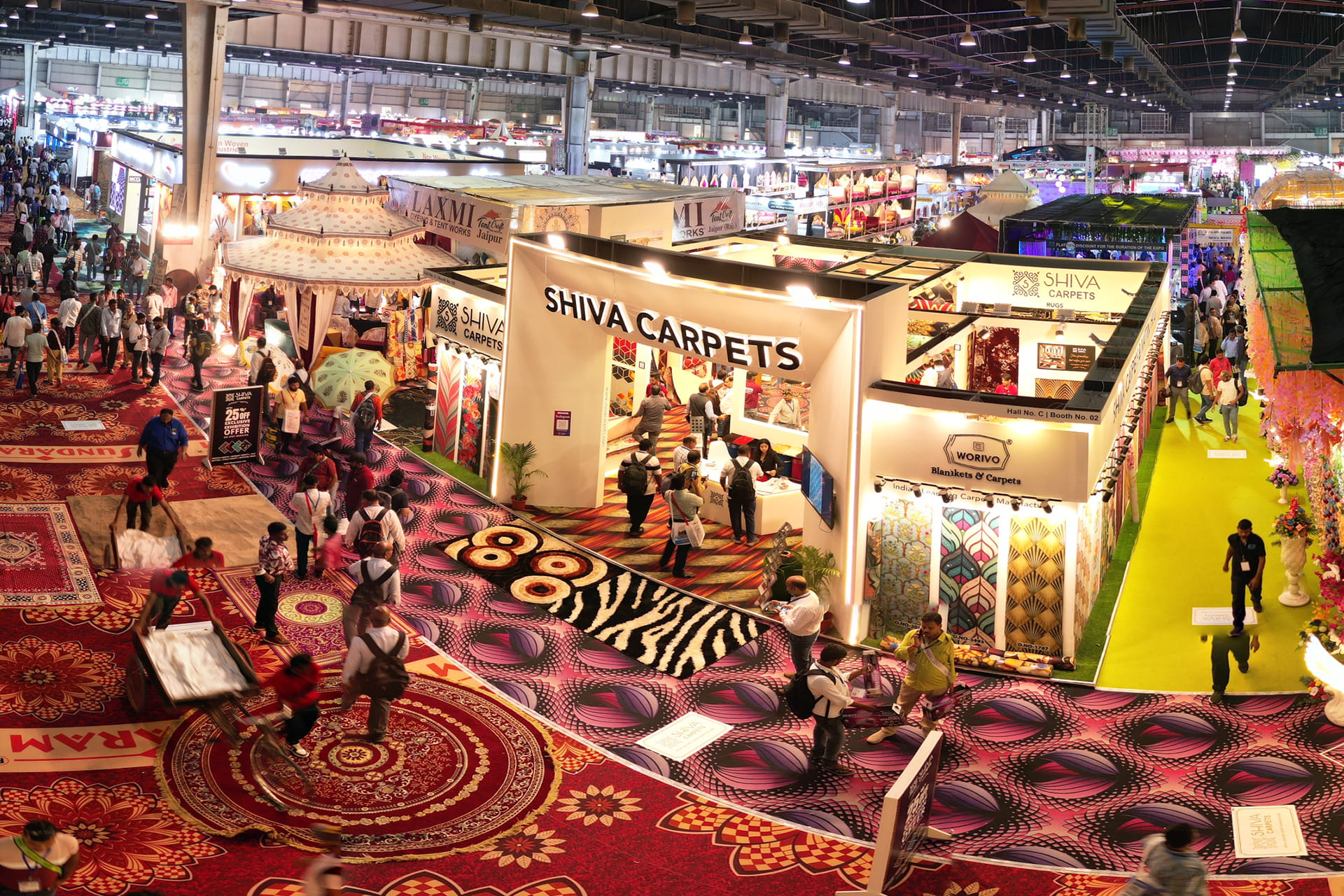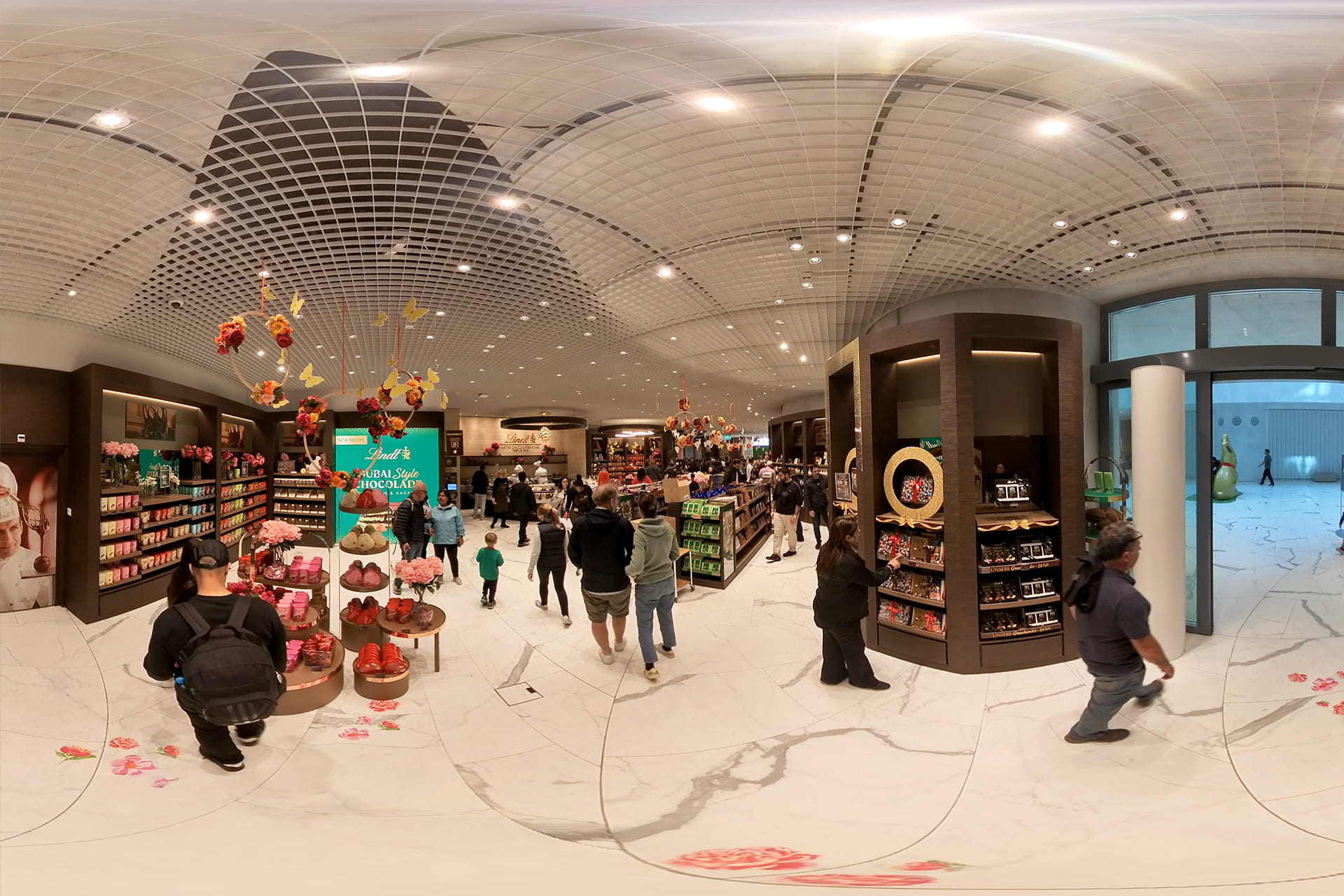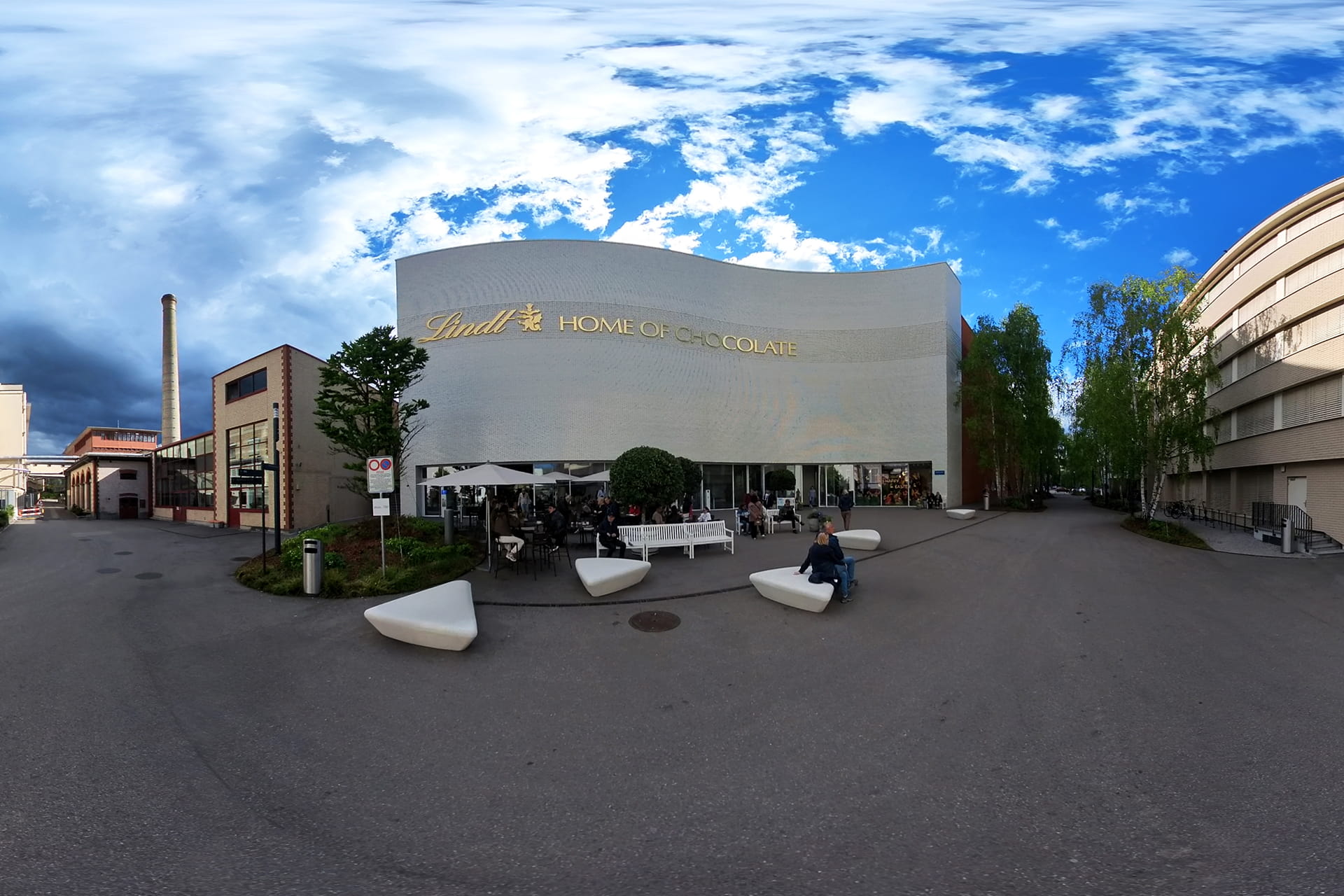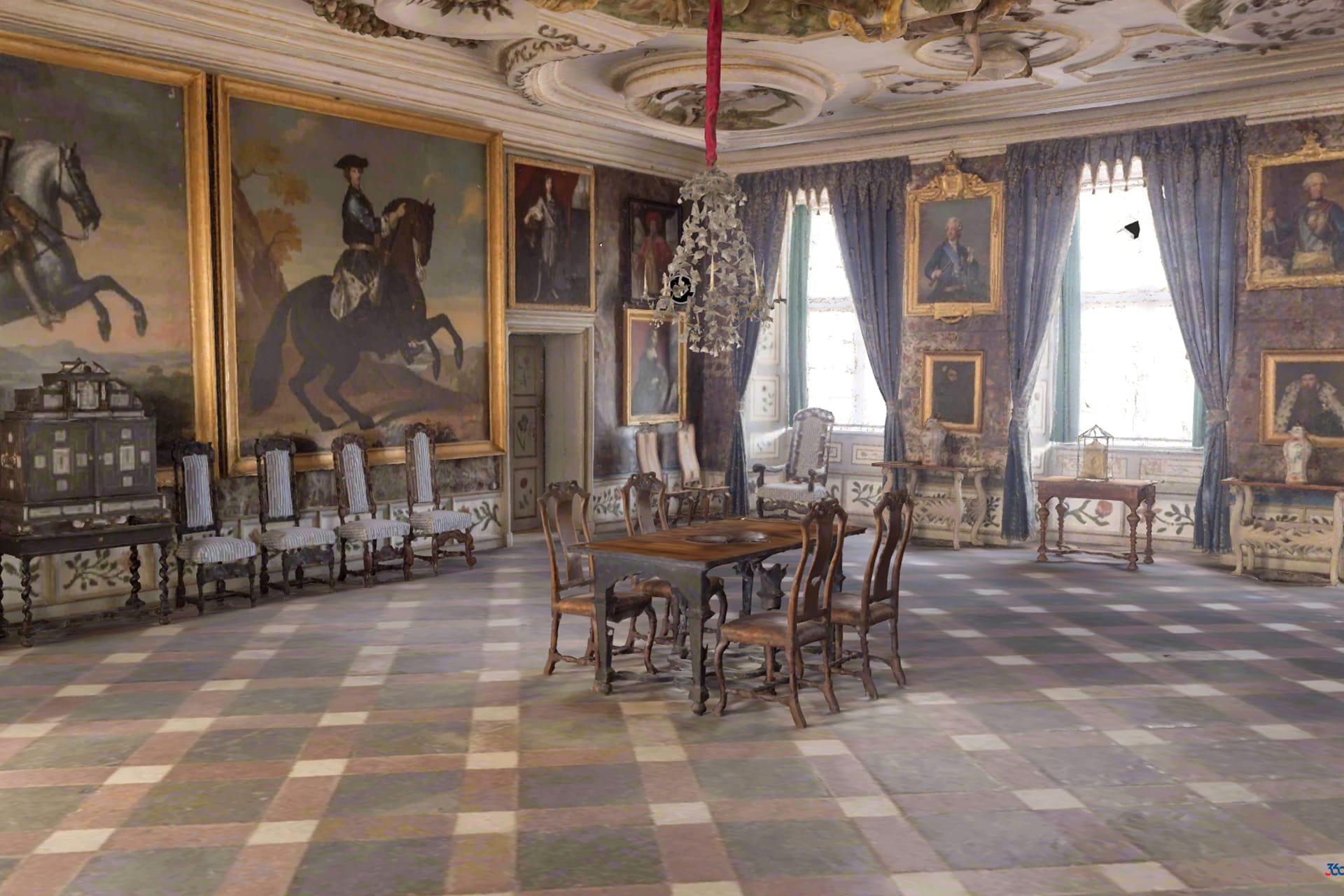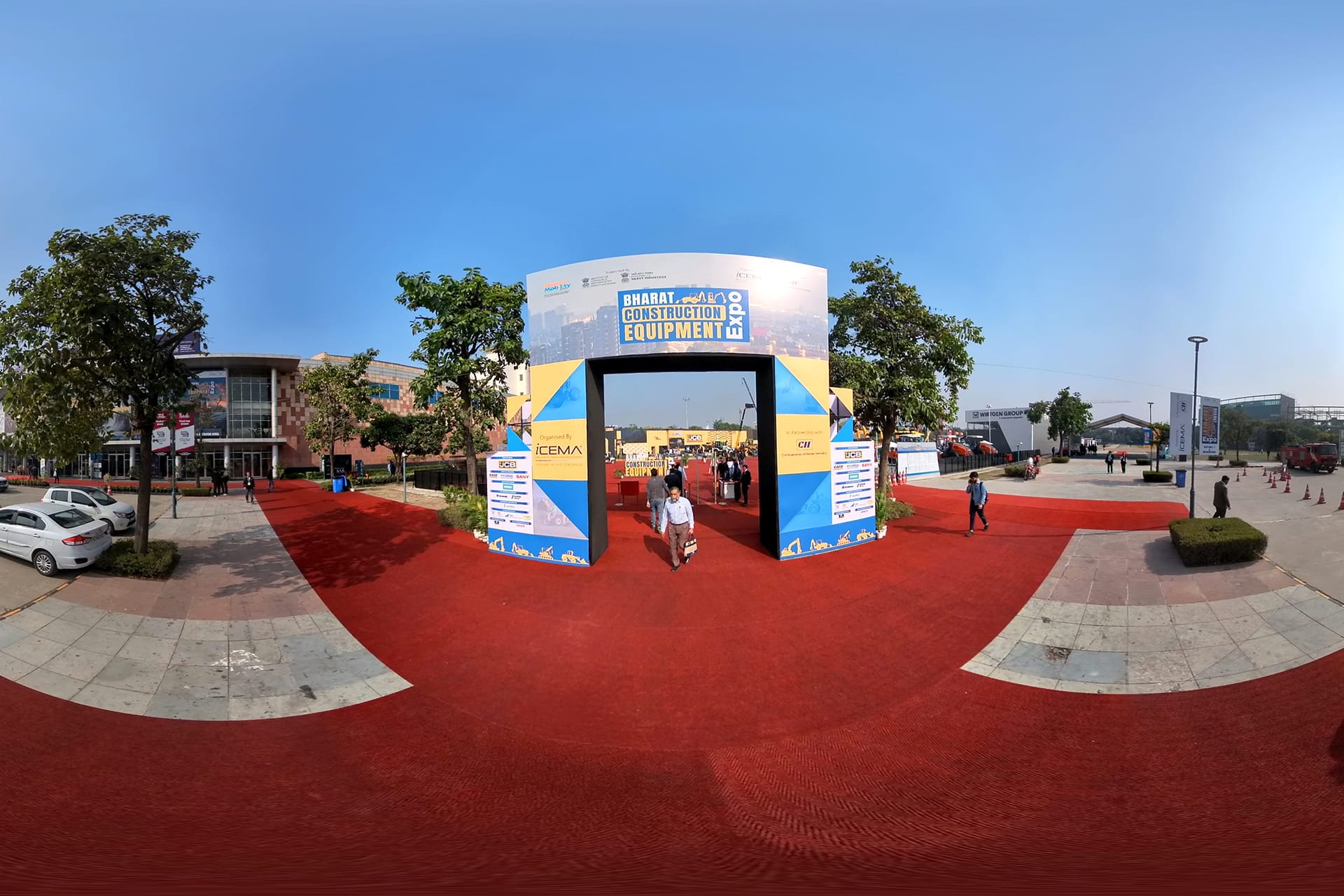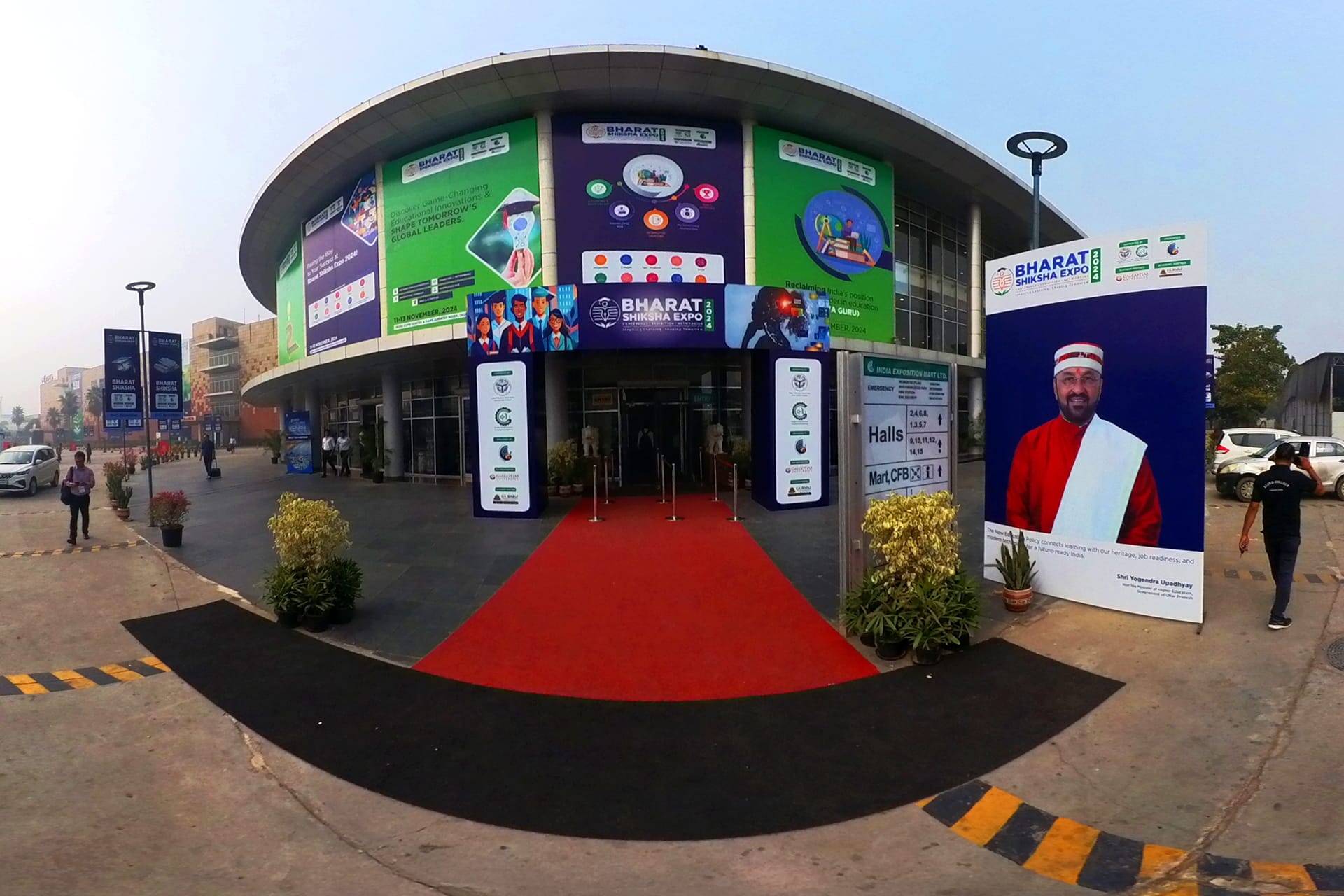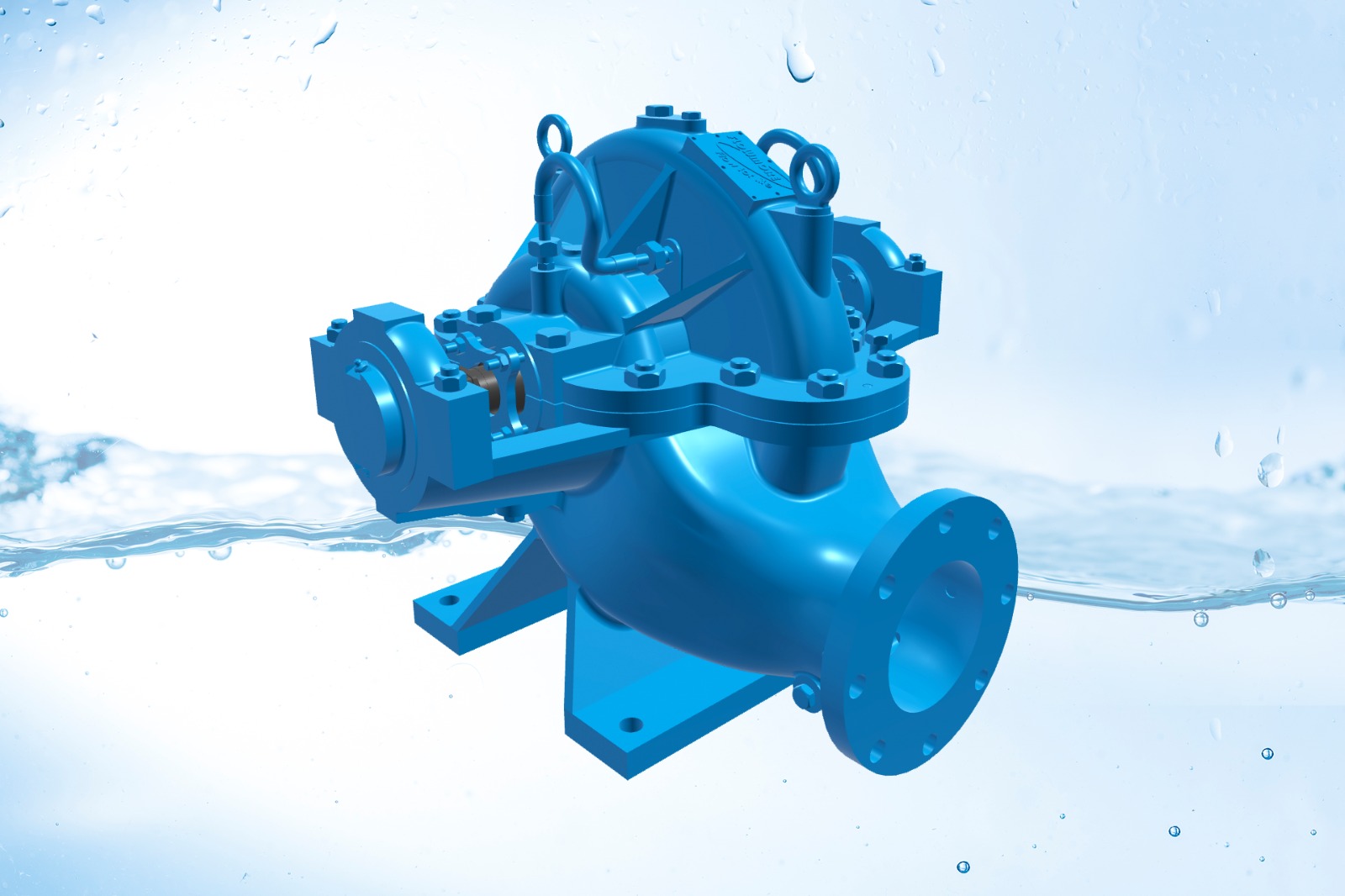Unlocking the Potential of 360 Virtual Tours: Enhancing Exhibitions Beyond Still Photography
When it comes to showcasing an exhibition, there are significant benefits to having an immersive 360 virtual tour compared to showcasing only photographs. Here are some advantages:
Enhanced Engagement:
An immersive 360 virtual tour allows visitors to actively explore the exhibition space as if they were physically present. They can navigate through the virtual environment, move between booths, and interact with various elements. This level of engagement surpasses passive viewing of static photographs, providing a more interactive and captivating experience.
Realistic Experience:
A virtual tour provides a realistic representation of the exhibition. Visitors can view the space from different angles, zoom in on specific exhibits, and get a genuine sense of the layout and ambiance. This realism allows potential exhibitors and attendees to make informed decisions based on a comprehensive understanding of the exhibition's atmosphere and offerings.
Showcasing Scale and Depth:
Exhibitions are often vast and multifaceted, and photographs alone may not capture the full scope and depth of the event. With an immersive 360 virtual tour, visitors can truly grasp the size, layout, and complexity of the exhibition. They can navigate through different sections, visit multiple booths, and gain a comprehensive view of the entire event.
Interaction with Exhibits:
A virtual tour enables visitors to interact with exhibits in a way that photographs cannot. They can click on hotspots or interactive elements within the tour to access additional information, videos, or links related to the exhibits. This interaction adds depth and interactivity, allowing potential exhibitors and attendees to engage with the content and better understand the offerings.
Convenience and Accessibility:
Virtual tours provide the convenience of exploring an exhibition anytime, anywhere, without the need to physically visit the location. Potential exhibitors and attendees can access the virtual tour from their computers, smartphones, or tablets, allowing for flexibility and accessibility. This convenience expands the reach of the exhibition, making it accessible to a broader audience.
Extended Duration:
Unlike photographs that offer a limited snapshot of a specific moment, a virtual tour provides an extended exhibition experience. The virtual tour remains available even after the physical event has ended, allowing visitors to revisit and explore at their own pace. This extended duration provides exhibitors with continued exposure and opportunities to engage with potential customers beyond the duration of the actual exhibition.
Analytics and Insights:
Virtual tours can provide valuable analytics and insights into visitor behavior, engagement, and interests. Exhibitors can gain data on visitor traffic, popular exhibits, and interactions within the virtual tour. These insights help exhibitors understand visitor preferences, refine their marketing strategies, and make data-driven decisions to improve their future exhibition presence.
Conclusion
Overall, an immersive 360 virtual tour offers a more engaging, interactive, and comprehensive experience compared to showcasing only photographs. It enables visitors to explore the exhibition space, interact with exhibits, and gain a realistic understanding of the event. This enhanced experience can attract more exhibitors and engage a wider audience, ultimately leading to a more successful exhibition.



